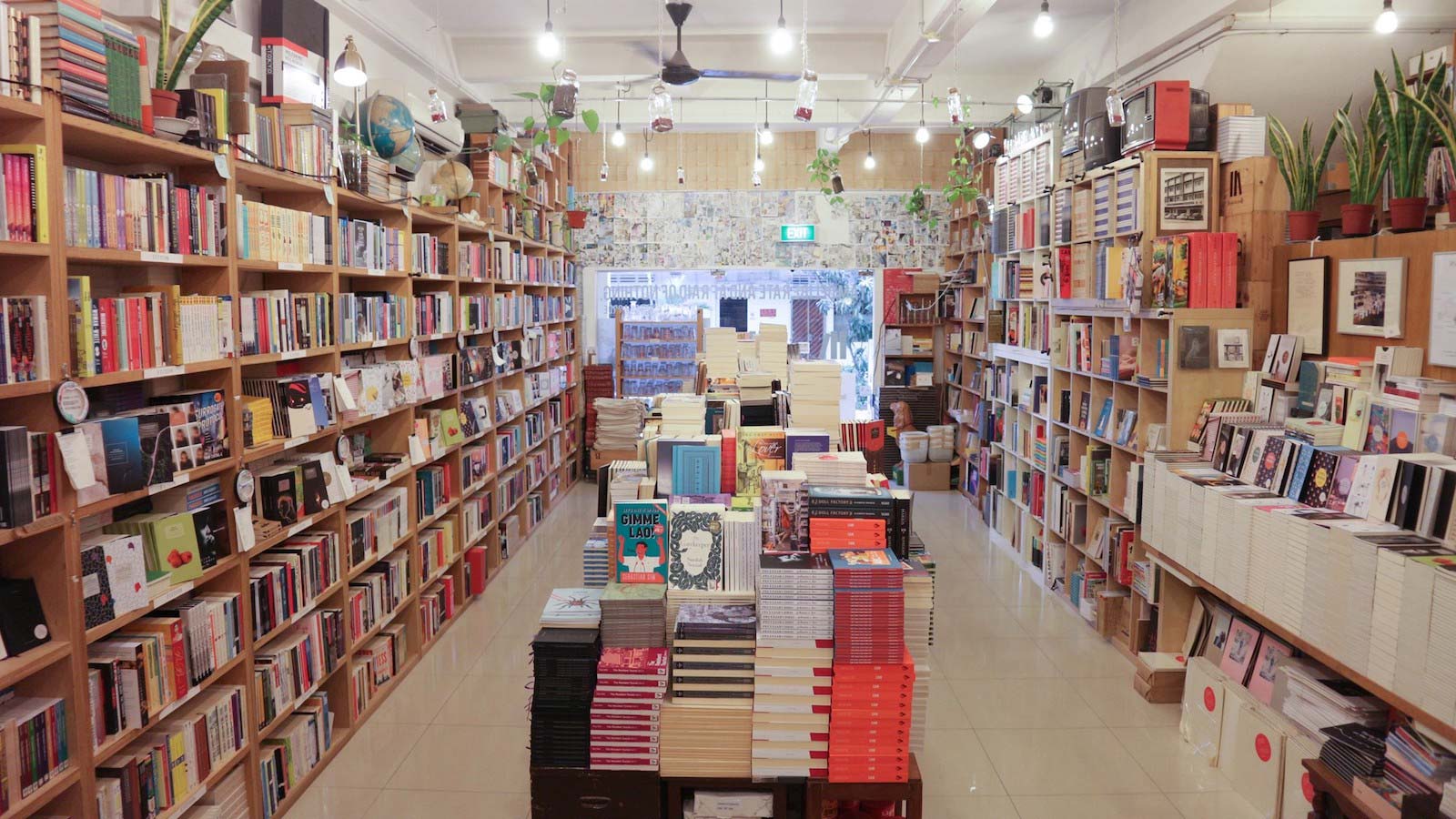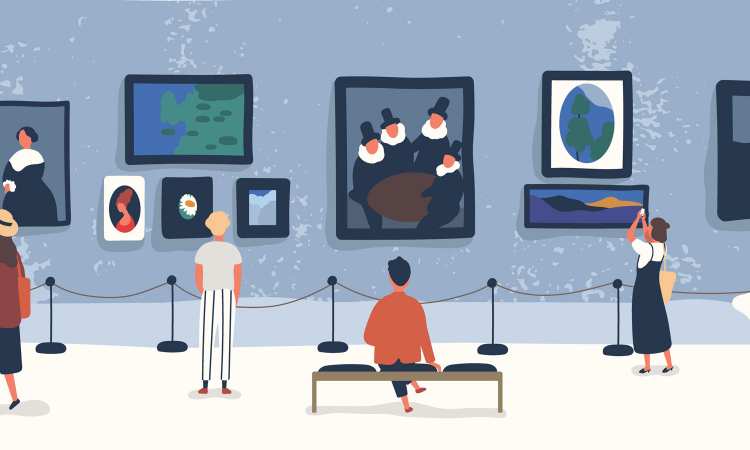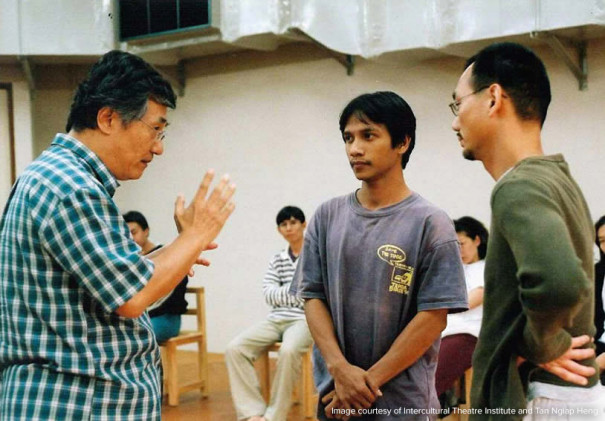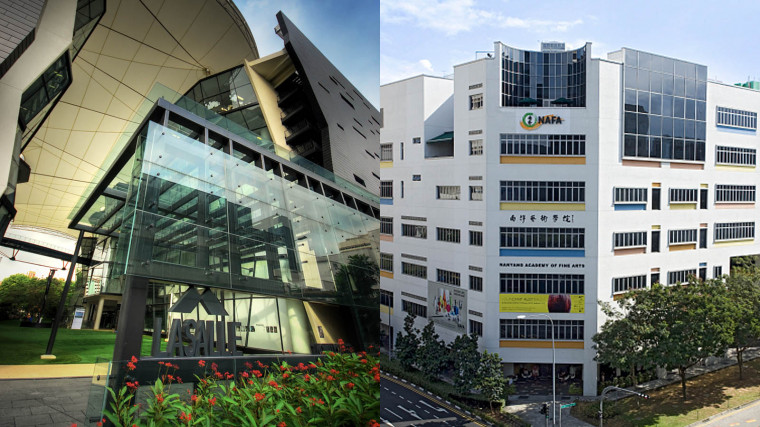“You mean NAFA and LASALLE are not considered universities?”, was my first reaction when I heard the announcement by Education Minister Lawrence Wong on Mar 3 that a new university of the arts will be formed by an alliance between the Nanyang Academy of Fine Arts and LASALLE College of the Arts.
As someone who dabbles in some form of art myself, I was perplexed but excited for what this new “official arts university” will mean to aspiring artists in Singapore.
Unlike medical and law degrees from our local universities which are highly coveted by not only young Singaporeans, but students around the world, arts programmes have often been looked down upon as the less-prestigious option and one with no future. Art professions were even considered non-essential during the worst times of Covid, sparking an uproar.
But is Singapore having its first arts university enough to grow our talent locally and is there support given after one graduates with a degree in arts?
More support for artists after graduation

In 2008, while studying in Ngee Ann Polytechnic for a diploma in multimedia and animation, I was lucky enough to be able to land a few freelance gigs through word-of-mouth.
Shortly after graduating, I did a stint at a regional branding consultancy and after that landed a job as a web designer at a local design studio. Granted, it was easier to find work back then when the talent pool was smaller and everyone I knew wanted to be engineers instead.
These days, an increasing number of people are finding the arts more liberating as they are attracted to the flexibility that freelance work gives. The gig economy that has sprung up in the past few years have contributed to a significant number of part-time earn-as-you-work jobs which offer flexibility and work-life balance. However, not many are able to find jobs that pay enough, especially during this period of uncertainty, leaving those with qualifications in music and the arts to have to fall back to other sources of income.
In the Budget 2021, Minister for Culture, Community and Youth Edwin Tong announced that the arts sector will receive a $20 million boost to support it through the Covid-19 pandemic.
His boost includes a new grant for arts freelancers and a new Business Transformation Grant that will support the transformation of digital and non-digital aspects of arts and cultural organisations.
Other stories you might like


There will also be an extension of the operating grant for arts organisations as well as subsidies for venue hire.
“We recognise that freelancing, or self-employment, adds spontaneity and innovation to the arts ecosystem, and this grant is aimed at preserving this,” Mr Tong said in his parliamentary speech.
On top of the grants, there is also The Arts Resource Hub (ARH) set up by the National Arts Council (NAC) in 2019 that provides arts freelancers in Singapore with the necessary resources to sustainably continue their practice, find work and grow meaningful careers.
Having a degree from a recognised university is great, but it is the continued support after graduation that is even more important if Singapore wants to succeed in becoming a regional arts hub.
Consistency in developing the arts sector
Remember when there was much fanfare about Singapore’s first sports school? It got Singaporeans excited about the potential to reproduce the likes of Fandi Ahmad and the Malaysia Cup team of the nineties.
We’ve lost so much from not maintaining our sports and its athletes, and instead we spent nearly $2 billion to rebuild the National Stadium only to lacklustre crowds.
I can only hope it will not be the same for the arts.

We’ve already lost The Substation – which had served the arts community for 30 years – where in some of those years, you can find me and my friends screaming in a mosh pit at a punk rock gig held there.
Founded by the late playwright Kuo Pao Kun as an independent arts centre, it hosted diverse groups and communities as a place where artists can experiment without the fear of failure. Pao Kun valued independent and critical thinking as well as risk-taking, and is often quoted for this phrase: “A worthy failure is better than a mediocre success.”
The reason mediocrity is worse than failure is very simple: Failure lets you move on, mediocrity stalls you and keeps you from reaching your potential.
And probably, that is the attitude we should adopt with the arts – to be consistent in growing new ideas and talents, and not simply try to replicate what “has worked before”.
The National Arts Council, in its five-year Our SG Arts Plan announced in 2018 said that its three main goals is to inspire people, connect communities and position Singapore on a global level. An arts university can do that, but we must beware that in the pursuit of the new, we must not lose sight of what has brought us thus far – the people and places who have built what we have.
Who says the Arts does not pay?

Forget the stereotypes and what our parents told us. There is money in arts, if only you know how to look.
In this digital animation age, the term “arts” has taken on a new meaning. It is more than just picking up a paintbrush.
Jobs in filmmaking, visual effects and digital animation are now highly sought after, with animation and streaming companies Lucasfilm, Netflix and Disney all having their own offices in Singapore and predicted to grow.
Internationally, Singapore is making its mark in the media world.
Lucasfilm Singapore has worked on the Emmy-winning television series Star Wars: The Clone Wars, and Rango, an Oscar-winning animated feature partially produced in Singapore. The studio has also contributed its creative talents to numerous Oscar-nominated films including Transformers, Iron Man, The Avengers, Hitman: Agent 47 (also filmed on location in Singapore), Jurassic World, Star Wars: The Force Awakens, and the 2016 smash hit Rogue One: A Star Wars Story to name a few.
That said, we should not only take pride in big Hollywood titles.
Locally, there needs to be a mindset shift if we want to truly be supportive of our country’s arts scene and be recognised for more award-winning films such as Ilo Ilo by Singaporean writer-director Anthony Chen.
Take our home-grown artists seriously by buying locally-made products, listening to music by local musicians, and watching locally-produced films and shows. We can even go one step further to share them with our networks and friends overseas.
Yes, a visionary like Kuo Pao Kun, and The Substation may be gone, but if we continue to hold the spirit of it – the love for the arts and the community – we can continue to thrive albeit in smaller, nimbler outfits.
That to me, is the beauty of art – independent of a structure or building, but always free-flowing in ideas from the community.
If you like what you read, follow us on Twitter and Google News to get the latest updates.


